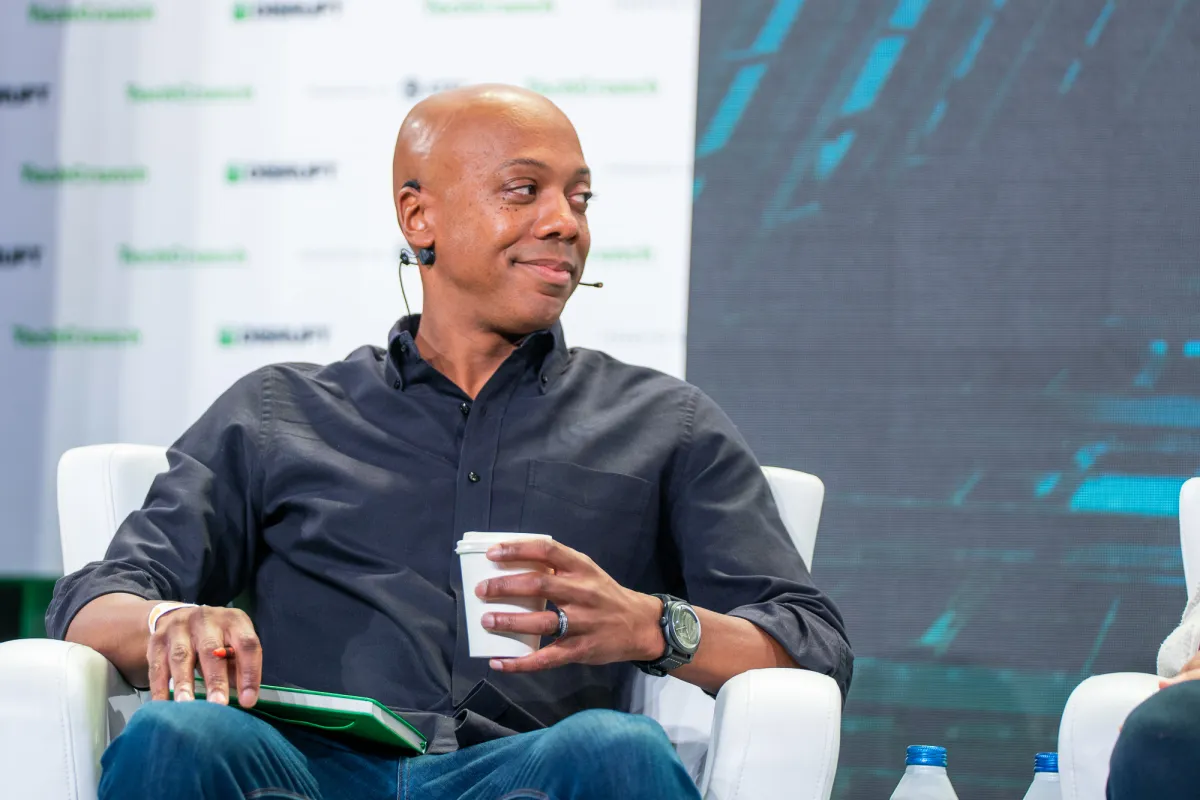Quick summary:
- Charles Hudson, founder of Precursor Ventures, explores the impact of selling portfolio companies earlier in their growth stages.
- Limited partners (LPs) are growing impatient with traditional 7-8 year hold periods.
- Hudson’s analysis shows selling at Series B could deliver strong returns, reshaping his investment approach.
- Venture funds are hiring dedicated staff to pursue alternative liquidity options and early exits.
Charles Hudson had just closed his fifth fund — a $66 million round for Precursor Ventures — when one of his limited partners (LPs) posed a challenging exercise.
What would have happened, the LP asked, if Hudson had sold all his portfolio companies at Series A? What about Series B? Or even Series C?
This wasn’t just a theoretical question. After 20 years in venture capital, Hudson has been watching the math of seed investing evolve — and possibly change forever.
The Pressure for Faster Liquidity
Historically, LPs were comfortable with seven-to-eight-year hold periods. Now, they’re growing impatient.
“Seven or eight years feels like a really long time” to LPs today, Hudson says, “even though it’s always been seven or eight years.”
The problem? Venture returns, once steady enough to justify the wait, have slowed down. And with more liquid investment options now available, LPs are demanding quicker pathways to cash.
The Eye-Opening Result
Hudson’s analysis revealed an uncomfortable truth.
Selling everything at the Series A stage didn’t work—the compounding value of sticking with the best companies still beat the early exits.
But things changed at Series B.
“You could have a north of 3x fund if you sold everything at the B,” Hudson realized. “And I’m like, ‘Well, that’s pretty good.’”
That insight is now reshaping his approach to portfolio management. Hudson, who has spent 22 years across Precursor, Uncork Capital, and In-Q-Tel, says seed investors are starting to think like private equity managers: balancing cash returns with the possibility of a few big wins.
The Mental Shift: Selling Winners Early
Letting go early isn’t an easy adjustment.
“The companies where there’s the most secondary interest are also the ones where I have the greatest expectations for the future,” Hudson admits.
But this isn’t just his personal struggle. The entire venture ecosystem is shifting.
A Growing Focus on Liquidity
Hans Swildens, founder of Industry Ventures, sees the trend accelerating.
According to him, venture funds are becoming “savvier about what they need to do to generate liquidity.” Some are even hiring full-time staff to focus solely on creating liquidity through secondary sales.
Seed managers are now spending months crafting exit opportunities—something that would have been rare a few years ago.
Small Funds Face Bigger Pressure
The pressure to exit early is even greater for smaller funds like Precursor.
Unlike mega-firms such as Sequoia or General Catalyst, which can afford to wait for massive $25 billion outcomes, smaller funds must be more tactical.
Precursor, known for backing unconventional founders like Laura Modi of Bobbie (a solo founder in a tightly regulated space) and Doktor Gurson of Rad AI (a founder with a previously failed startup), can’t always wait for the long game.
Shifting LP Expectations
Hudson also sees major changes in his relationships with LPs.
University endowments, long seen as the gold standard in venture backing, are now under unique financial pressures—heightened by regulatory scrutiny and shifting political landscapes.
Harvard, for example, faces federal investigations, funding threats, and public pressure over its massive endowment.
“LPs still believe in venture,” Hudson says, “but they’re more hesitant to lock up money for 10 to 15 years.”
Some want their capital back quickly, even if it means lower long-term returns. Others prefer the traditional strategy of holding until maturity for maximum upside. Balancing these competing demands is now a key part of Hudson’s job.
Venture is Becoming More Formulaic
Hudson notes a broader trend: as funds grow larger, the investment process is becoming more data-driven and algorithmic.
Firms are looking for startups that check specific boxes — particular industries, founder backgrounds, and academic pedigrees.
This approach works for deploying large amounts of capital efficiently, but Hudson worries it leaves out the “weird and wonderful” companies that don’t fit the mold — the ones that have brought Precursor its best wins.
“If you’re going to hire people just off a resume screener tool,” Hudson says, “you’re going to miss founders with deeply relevant experiences that an algorithm would overlook.”
Final Thoughts
The seed investing landscape is shifting. Investors like Hudson must now juggle the pressure for quicker returns, the pull of traditional venture thinking, and the need to find unique, high-potential founders outside algorithmic filters.
While the game is changing, Hudson remains focused on playing it his way — betting on the unconventional and adjusting to a venture world that’s starting to look more like Wall Street.



















Leave a Reply